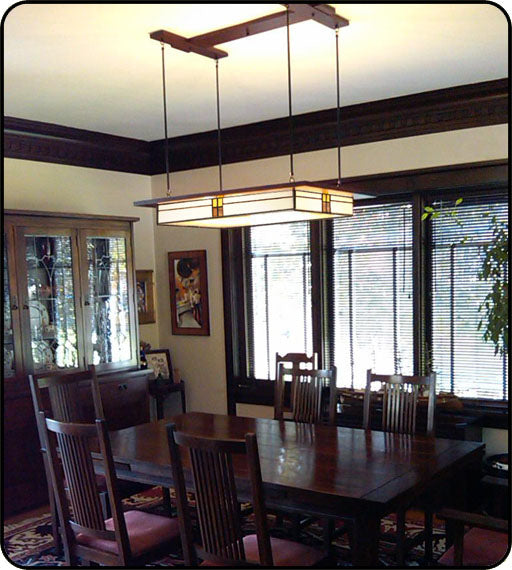This Picture was ranked 31 by BING for keyword Lantern Dining Room Lights, You will find it result at BING.COM.
Wallpaper Details FOR Modern dining area with Edison bulb chandelier Modern Dining Room 's Wallpaper| TITLE: | Modern dining area with Edison bulb chandelier Modern Dining Room |
| IMAGE URL: | http://st.houzz.com/simgs/94a117ab0dc9e6d4_4-7429/modern-dining-room.jpg |
| THUMBNAIL: | https://tse4.mm.bing.net/th?id=OIP.MAePWZ7R7Gw5ebg7mOs10gDhEs&pid=Api&w=135&h=181 |
| IMAGE SIZE: | 65261 B Bs |
| IMAGE WIDTH: | 480 |
| IMAGE HEIGHT: | 640 |
| DOCUMENT ID: | OIP.MAePWZ7R7Gw5ebg7mOs10gDhEs |
| MEDIA ID: | 0E602809BC3252D931E264450D2772B1D57F1927 |
| SOURCE DOMAIN: | houzz.com |
| SOURCE URL: | http://www.houzz.com/photos/172609/Modern-dining-area-with-Edison-bulb-chandelier-modern-dining-room |
| THUMBNAIL WIDTH: | 135 |
| THUMBNAIL HEIGHT: | 181 |
Related Images with Modern dining area with Edison bulb chandelier Modern Dining Room
littman bros lighting lighting
Prairie Style Light Fixture in Classic Dinning Room

Darlana Medium Lantern Transitional kitchen Liz Caan Interiors

Light Fixtures Axios Substitute: Farmhouse Ceiling Light Fixtures
A dining room is a room for eating food. In modern times it is usually adjacent to the kitchen for convenience in providing, although in medieval occasions it was often on an entirely different storey degree. Historically the dining room is furnished with a rather large dining table and a number of dining chairs; the most common shape is generally rectangular with two armed aim chairs and an even number of un-armed back chairs along the long sides .
History
In the Middle Ages, upper class Britons and other European aristocracy in castles or large manor house dined in the great vestibule. This was a large multi-function chamber capable of room the bulk of the population of the house. The household would sit at the head table on a created dais, with the rest of specific populations arrayed in order of lessening grade away from them. Tables in the largest hall would tend to be long trestle tables with terraces. The sheer number of people in a Great Hall entail it would probably have had a busy, bustling atmosphere. Suggests that it would also have been quite smelly and smoky are likely, by the standards of the time, unfounded. These chambers had large chimneys and high-pitched ceilings and there would have been a free pour of air through the several entrance and window openings .
It is no doubt that the owners of such belongings began to develop a appreciation for most intimate collects in smaller' parlers' or' privee parlers' off the primary hall but this is thought to be due just as much to political and social changes as to the greater consolation afforded by such rooms. In the first instance, the Black Death that ravaged Europe in the 14 th Century caused a shortage of labor and this had led to a breakdown in the feudal system. Also the religious mistreatments following the dissolution of the convents under Henry VIII built it unwise to talk freely in front of large volumes of people .
Over time, the nobility took more of their banquets in the parlour, and the parlour became, functionally, a dining room( or was split into two separate chambers ). It likewise migrated farther from the Great Hall, often accessed via grand ceremonial staircases from the dais in the Great Hall. Eventually dining in the Great Hall became something that was done mainly on special occasions .
Toward the beginning of the 18 th Century, a structure emerged where the dames of the house would recede after dinner from the dining room to the drawing room. The gentlemen would remain in the dining room having drinks. The dining room tended to take on a more masculine tenor as a result .
Comments
Post a Comment